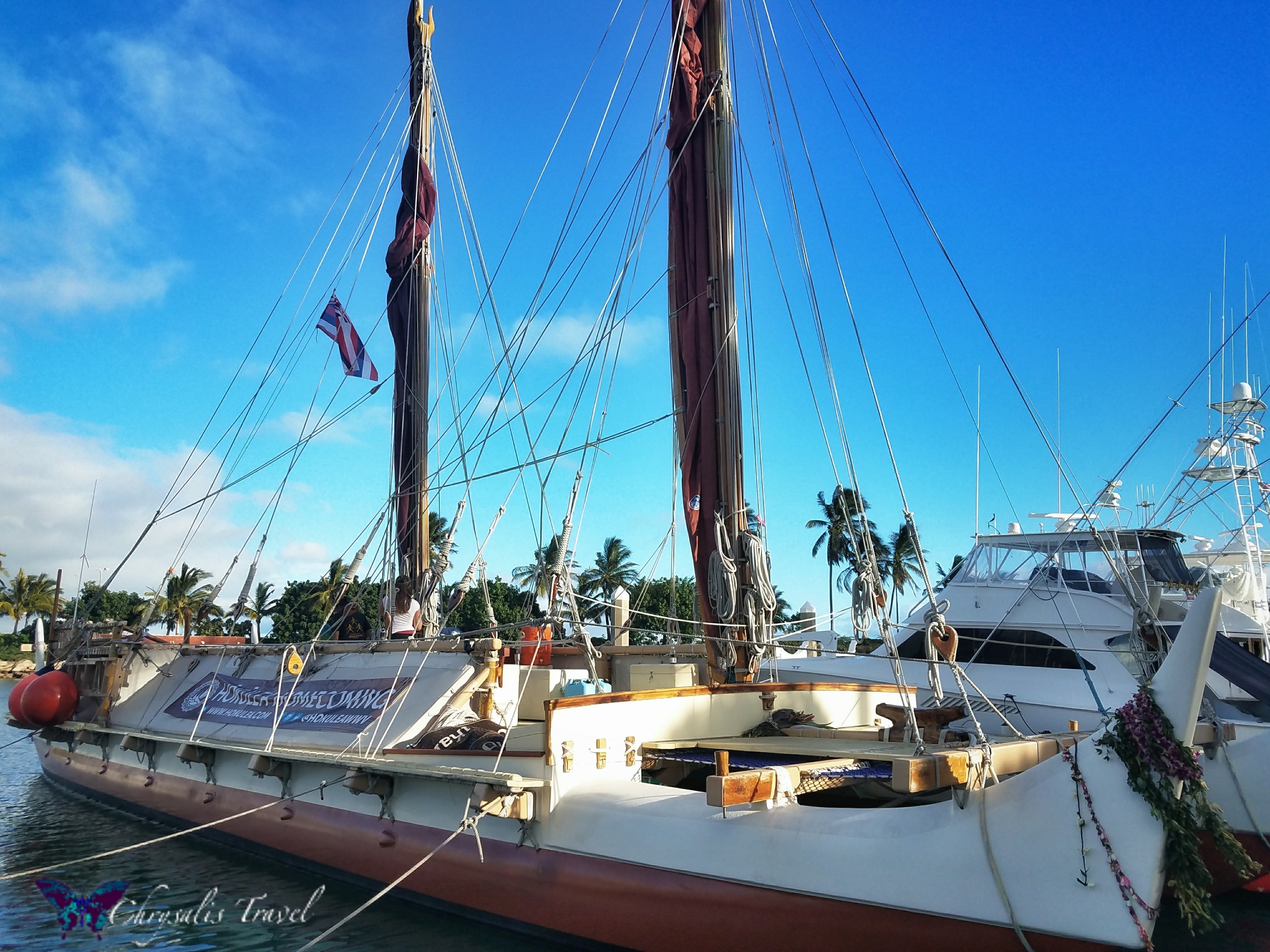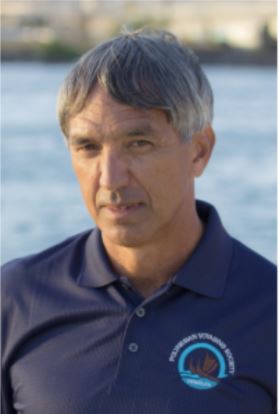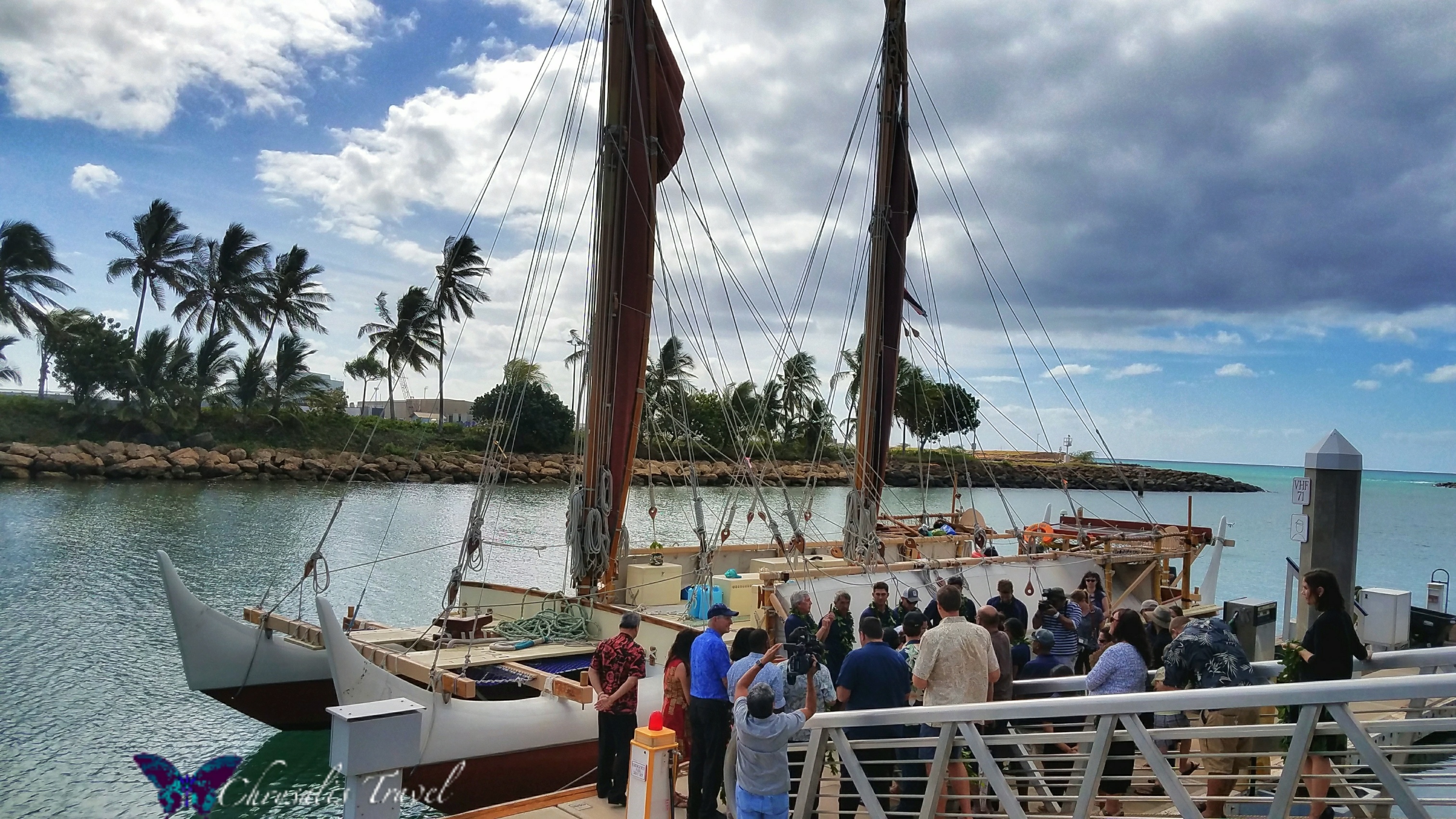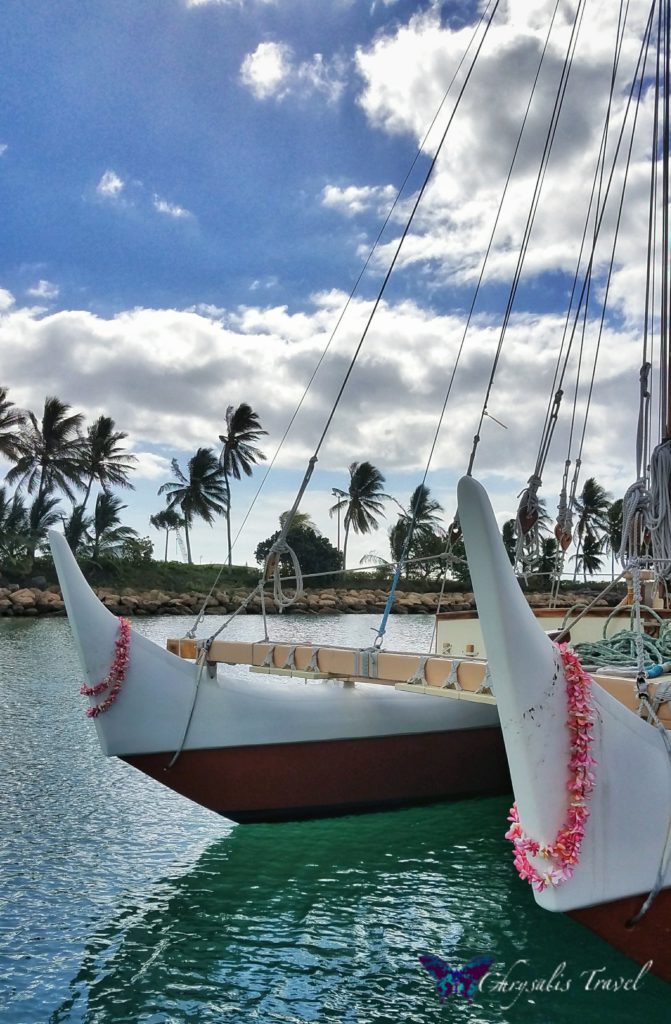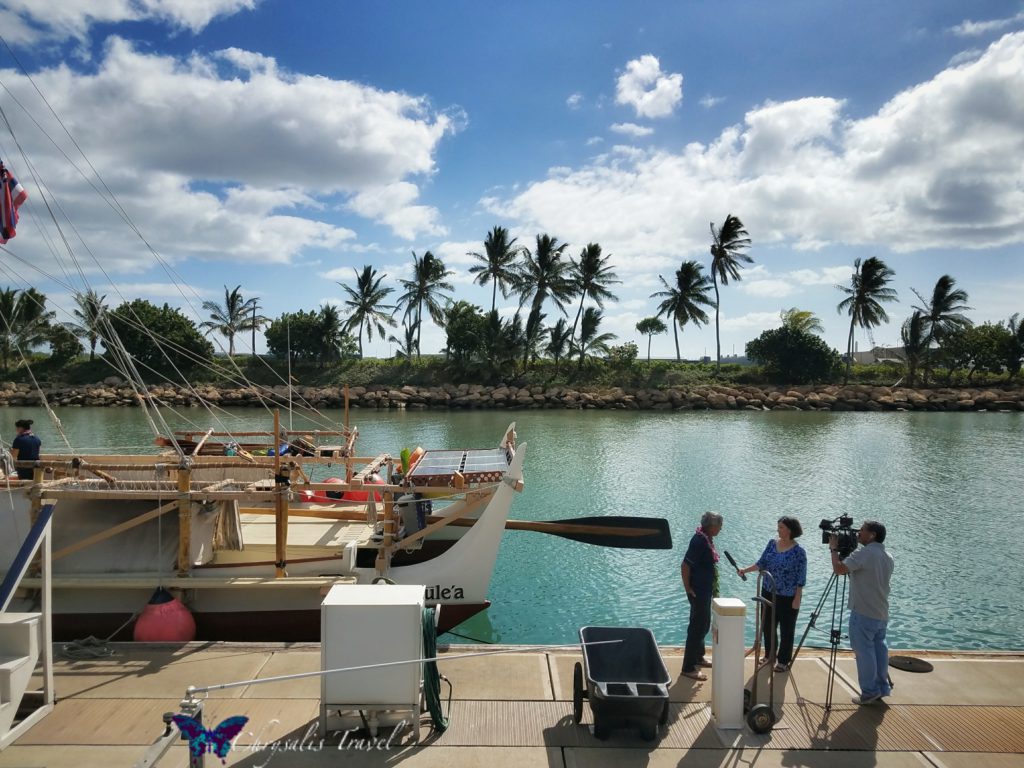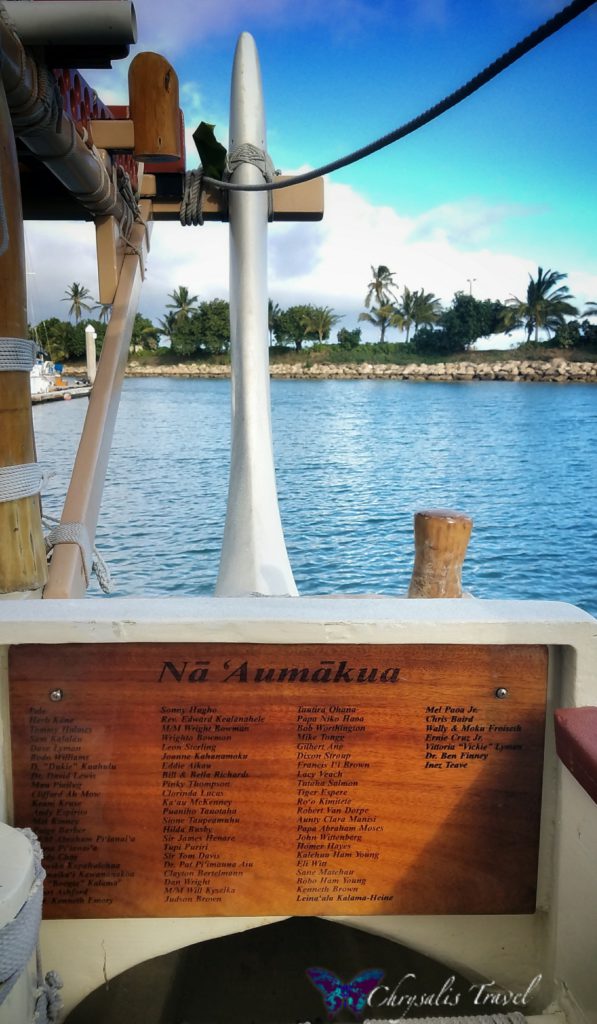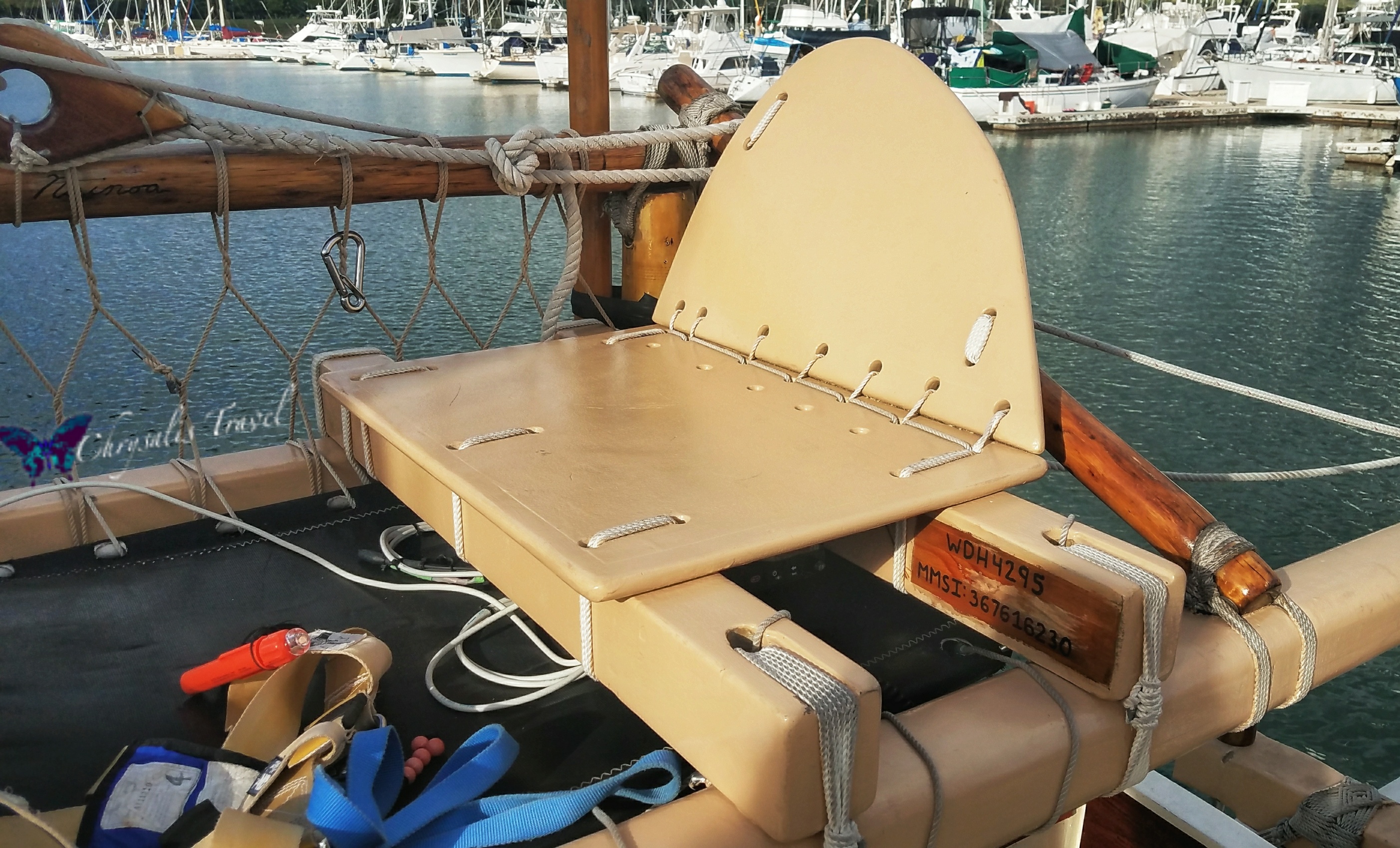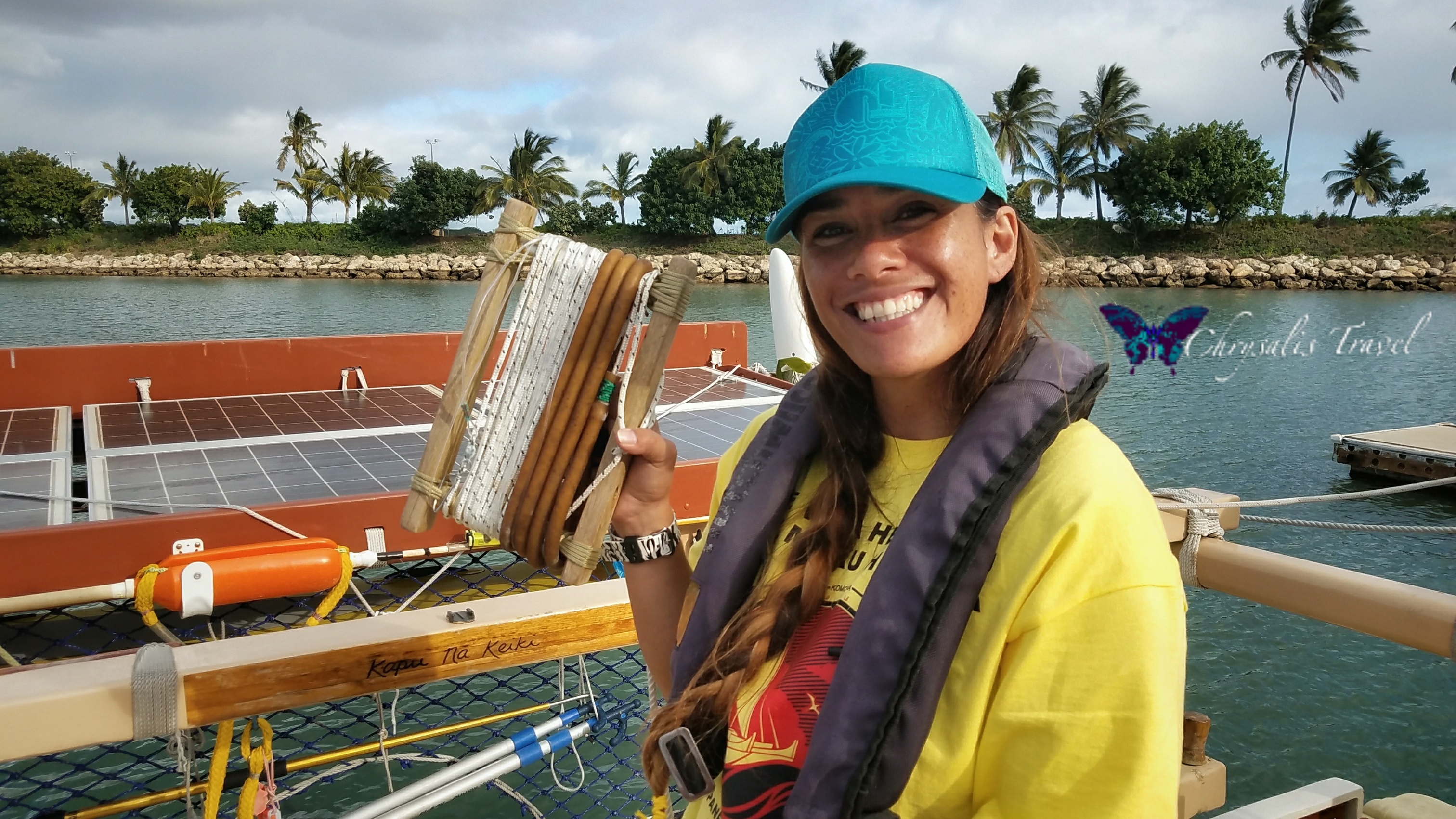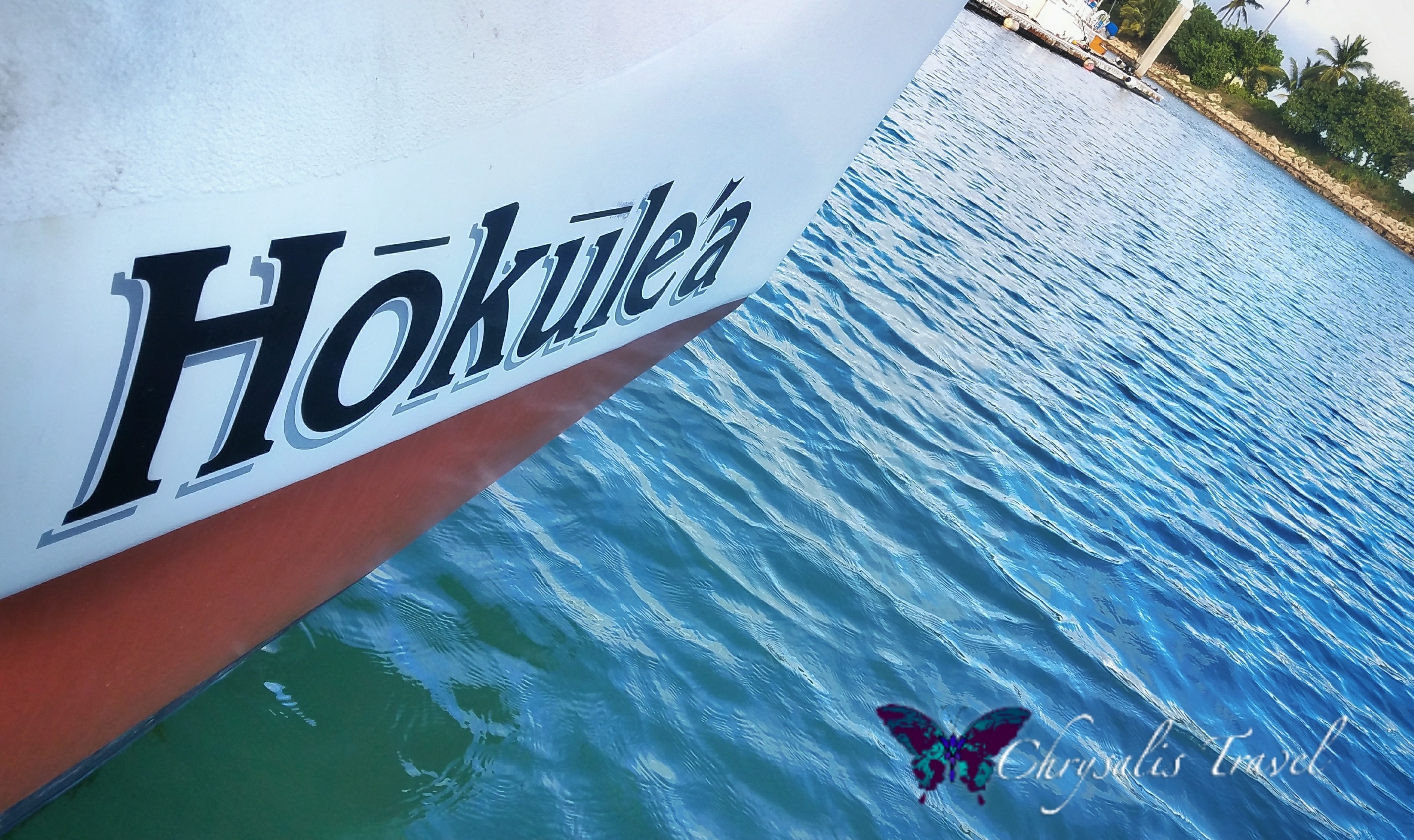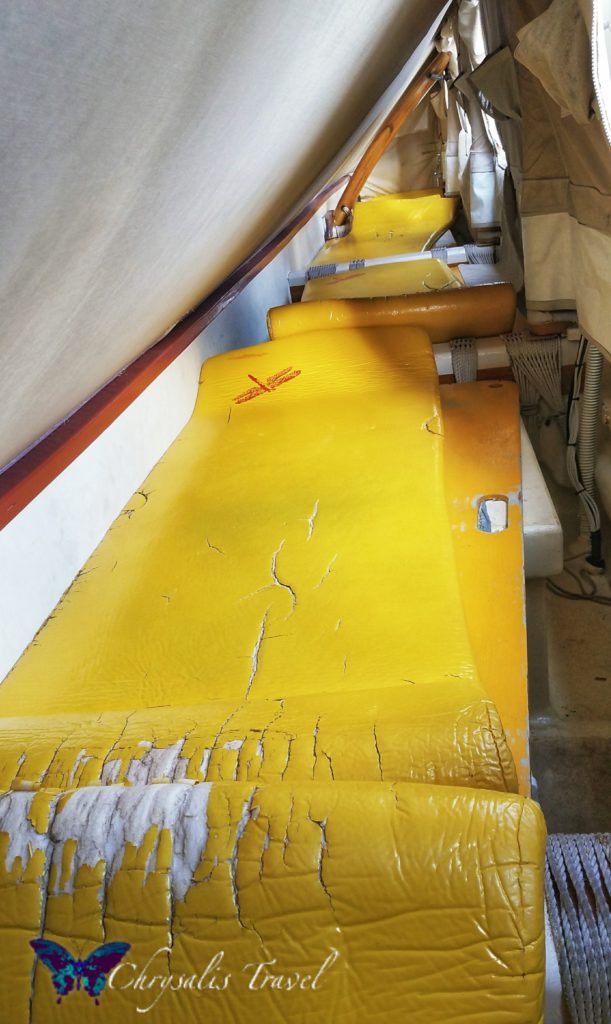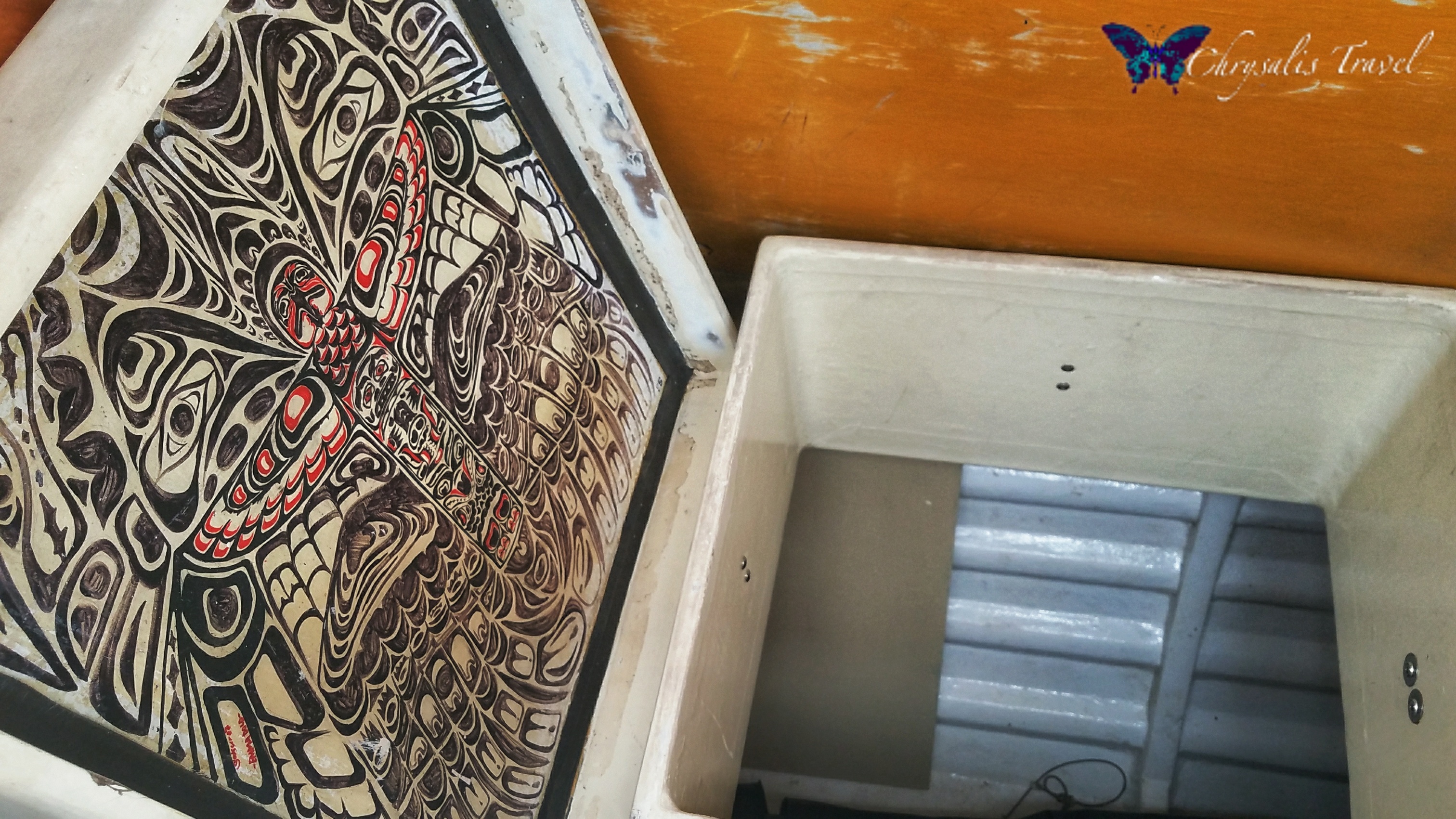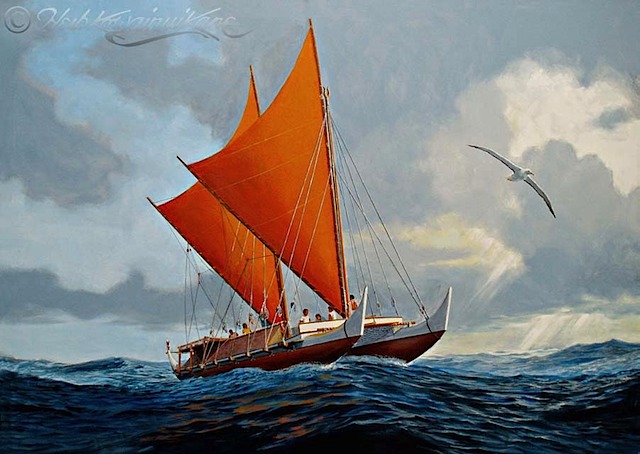Step Aboard Hōkūle’a: How this Real-Life Voyaging Canoe Inspired Moana
Moana has been such an inspirational force for so many people around the world. The film has touched not only Polynesians, but people from every walk of life. So, what inspired Disney filmmakers to send a teenager on a wayfinding quest in a voyaging canoe?
In their research for Moana, Ron Clements, John Musker and Osnat Shurer gathered an “Oceanic Story Trust:” a collection of cultural elders and expert advisors. One of these experts was Nainoa Thompson, Pwo (master) Navigator of Hōkūleʻa: Hawaii’s real-life voyaging canoe.
Nainoa consulted on wayfinding techniques, and must have also shared experiences from sailing Hōkūleʻa. Here is a painting of Hōkūleʻa by artist and founder of the Polynesian Voyaging Society (PVS), Herb Kawainui Kāne.
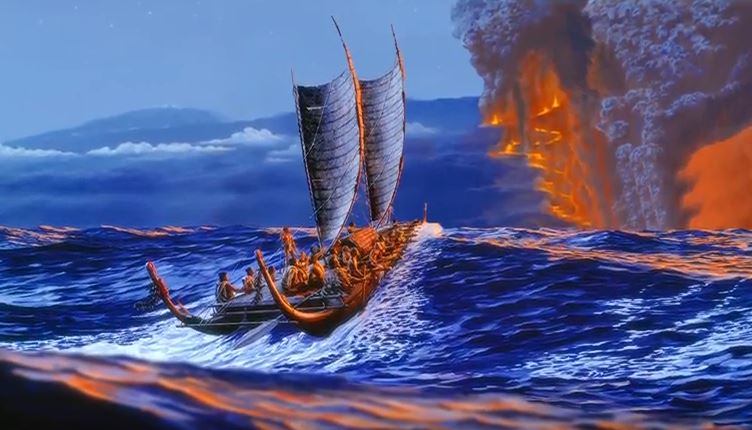
Hōkūleʻa painting by Herb Kane
See any similarities with the bigger voyaging canoes in Moana?
Mālama Honua – a Voyage of Goodwill and Stewardship
Hōkūleʻa has just returned from an epic world-wide voyage: Mālama Honua (‘Caring for Island Earth’) from 2014-2017. During that voyage, Hōkūleʻa sailed 40,300 nautical miles, visiting 23 countries and more than 150 ports of call.
245 crew members worked tirelessly as a team to accomplish this goal. Overarching was a message of living sustainably on the earth and sharing the Polynesian culture.
Ko Olina Welcomes Hōkūleʻa
Hōkūleʻa was welcomed in Ko Olina Harbor – on the West side of Oahu – on January 3, 2018. This was part of her mission to thank Hawaiians for their support (Mālama Hawaii), and for public education about their voyages. Crew members were greeted with flower and Ti leaf lei in an official ceremony.Guests even brought extra-long plumeria lei as gifts for Hōkūleʻa.
Nainoa was interviewed by a television crew.
A Tour of Hōkūleʻa: Layout of the Canoe
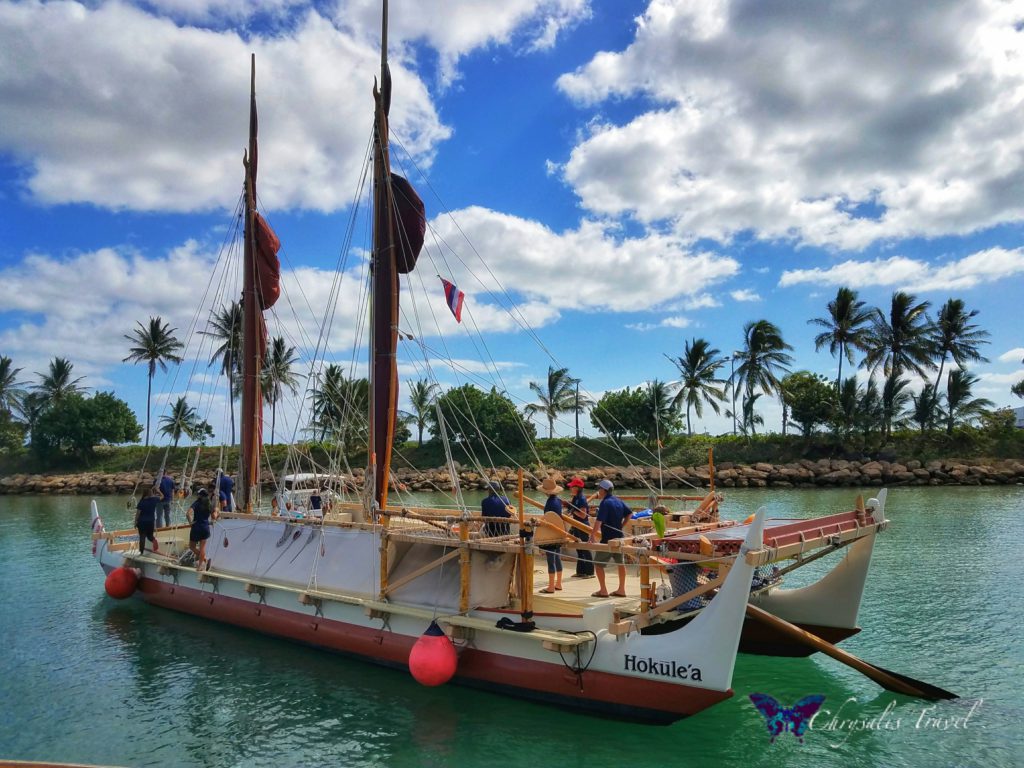
Crew members of Hōkūleʻa were so gracious in hosting free impromptu tours for anyone who wanted to visit. Just drive up to Ko Olina marina, climb aboard, and talk story.
First impression: she is not very big. As someone who loves ocean cruising, I enjoy having my own cabin comforts. But even more so, I’ve been on some rough seas. And even on a large ocean liner, you can occasionally feel the motion of the ocean.
This voyaging canoe is made of two floating hulls, with flat deck planks across them. As I walk across the deck, I notice that there is little to no shade covering. If I look carefully between the planks, I can see the open water below.
Steering is accomplished with a large rudder paddle at the aft. The rudder (hoe – pronounced ‘HOYee’) is so large, that four crew members at a time may be needed to move it. (The Hawaiian word pahoehoe (‘pah-HOYee-hoyee’) describing swirled/rippled lava derives from the word hoe – since this type of lava resembles paddle ripples in the water).
Honoring kūpuna
It is said that you can feel the mana, or life energy, of Hōkūleʻa when you sail onboard. On one of the hulls, there is a plaque acknowledging the kūpuna (elders/ancestors) that have come before.First is Pele – goddess of fire and volcanoes. According to legend, Pele sailed across the seas from Tahiti in a canoe, searching for a home. After a long voyage, she discovered Hawaii, (and now resides in Kilauea volcano on the Big Island). Next, the plaque honors artist and PVS founder Herb Kāne.
There is a special memorial for Eddie Aikau. Eddie was a lifeguard and big wave surfer who was lost at sea in 1978, trying to save the crew of Hōkūleʻa after the canoe capsized off of Molokai.
[gallery td_select_gallery_slide="slide" ids="223403,223383"]
Sailing and Navigating
Hōkūleʻa has two strong masts with sails. One flies the Hawaiian flag.[gallery td_select_gallery_slide="slide" ids="223405,223395"]
There are two Navigator seats towards the aft of the ship. If you look closely, this one has Nainoa’s name carved into the wood rail on the side.
Culinary Magic
How do you feed a crew of twelve – and keep them happy – for weeks at a time? Here is the Galley on the open deck, with a propane-powered stove. The ship’s chef is an expert at cooking everything from seafood to baking cakes on this stove.Where does the food come from? Fish are caught on fishing lines, as crew member Mariah is holding up for us. These are long lines that are trailed behind Hōkūleʻa as she sails through the seas. Crew members attend to these lines, and wind them back up when a fish is caught.
Mariah is also modeling a life vest used aboard Hōkūleʻa. Behind her, you can see solar panels on the far aft of the ship. These are to power satellite phones for emergency communications, and charge camera/video equipment to document their journey. Nothing else is powered on the ship, as everything is completely manual.
Living Aboard Hōkūleʻa
If you’ve ever been on a boat, the marine head ‘toilet’ takes some getting used to. Imagine not having a physical toilet on the ship. How do you go to the bathroom? This is a question that astronauts often encounter. Crew members were kind enough to share.The ‘toilet’ area is at the rear hull, behind the navigator’s seat, near the ship’s name. There’s a procedure to follow before you can go. You must alert at least one crew member. You put on a lifejacket and harness yourself to the boat. You close the curtain, climb up on the ledge, lean overboard, and aim your ‘okole downwind.
The ‘shower’ is also in this area, as crew members use buckets of seawater to rinse off. Mariah explained that warm tropical rains allow for welcome fresh water ‘showers’ on deck.
After a long day, you may be looking forward to bedtime. There are ten bunks placed on boards, each measuring six feet long. Five are arranged end-to-end atop each of the two hulls, covered only by canvas tent material.
If you are taller than 5’10”, things get uncomfortable trying to sleep in these quarters. If it is raining, or when seas are rough, water soaks through the tent covering. For a crew of twelve, there are only ten bunks, so people sleep in shifts. Someone must continuously sail the canoe.
Bunks are laid on flat boards across access openings into the hull. Mariah showed us an open access port below a bunk, with an artistically-decorated cover. I peered down and found it remarkably deep inside the hull. This is where drinking water, shelf-stable food, and medical supplies go to stay dry.
Safety on the High Seas
What happens if someone falls overboard? (It’s happened!) Sailboats don’t exactly have brakes, and can’t turn very easily. Crew members throw a floatation buoy towards the person and try to pull them in.Hōkūleʻa always voyages with her sister support ship, the Hikianalia – a modern Polynesian voyaging canoe which has solar and wind energy, and satellite communications technology. The crew of Hikianalia are there to observe, but do not interfere or assist with the navigation of Hōkūleʻa.
Satellite tracking from Hikianalia allowed the world to follow Hōkūleʻa’s GPS coordinates on the Mālama Honua worldwide voyage in real time.
What did you think of this quick glimpse into life on a real voyaging canoe? It’s remarkable that Hōkūleʻa’s voyages may have inspired some of Moana’s story!
Interested in more? See How Far We’ll Go – Wayfinding Like Moana on Hawaii’s Hōkūleʻa, a revival of the lost Polynesian navigational culture. Join us as we ‘Talk story’ with Women of Hōkūleʻa, as real-life Moanas share their adventures. There are excellent resources and teaching guides on the Hōkūleʻa website.



